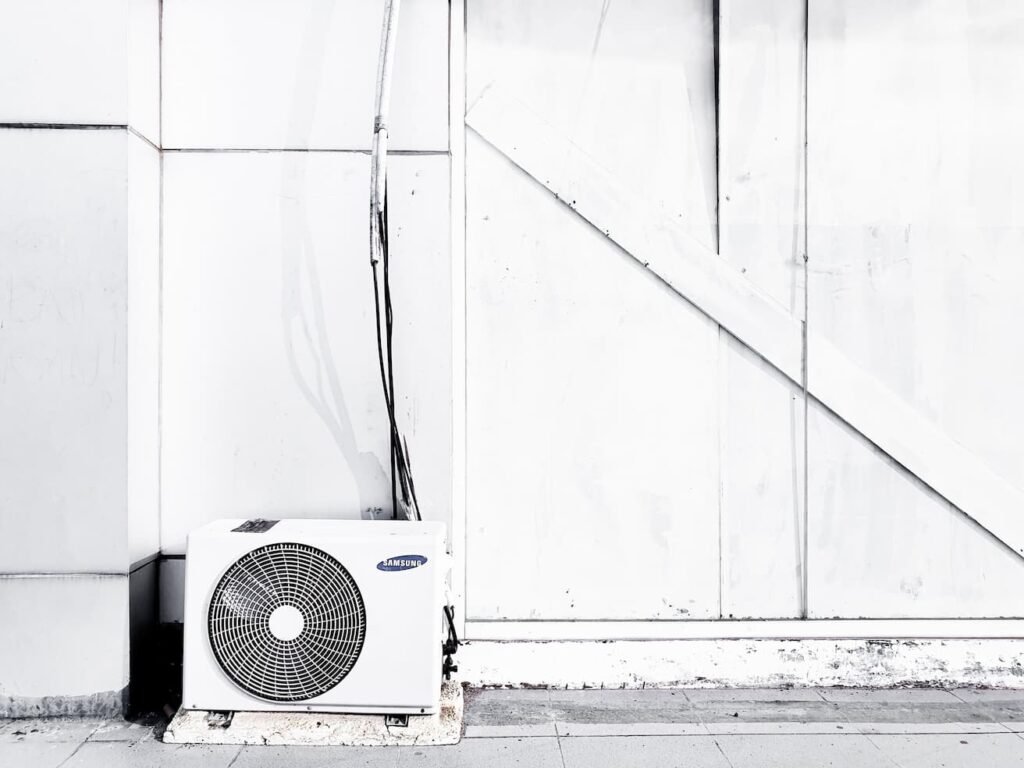An electrical inspection for the home is a process in which a qualified inspector reviews the home’s electrical system to ensure it is up to code and functioning properly. This type of inspection is typically required when a home is being sold, but it can also be done for other reasons, such as after a major renovation.
The electrical inspection process will vary depending on the inspector and the jurisdiction, but there are some general steps that are typically followed. First, the inspector will review the home’s main electrical panel to make sure it is properly labeled and that all the breakers are in the correct position. Next, the inspector will test all the outlets in the home to ensure they are wired correctly and that there is no risk of shock.
After the outlets have been tested, the inspector will move on to the home’s wiring. They will look for any signs of damage, such as frayed wires, and they will also check to make sure that all the connections are tight. Once the wiring has been checked, the inspector will test the home’s grounding system to ensure it is working properly.
Finally, the inspector will provide a report detailing their findings. If any problems are found, the home’s owner will need to have them repaired before the sale can be completed. However, if the inspector finds that the home’s electrical system is up to code and functioning properly, the sale can proceed without any further issues.


